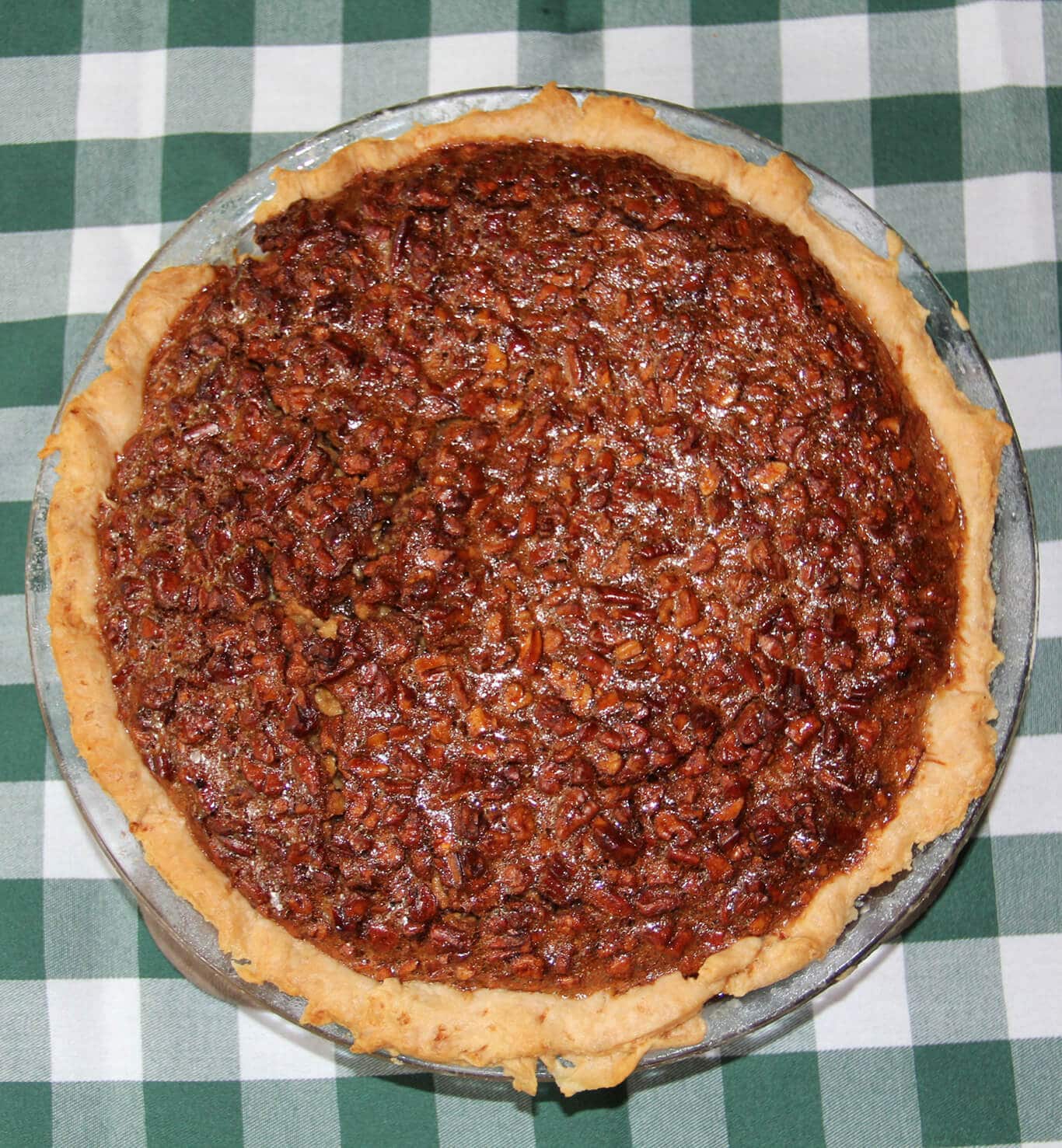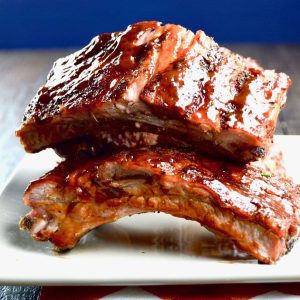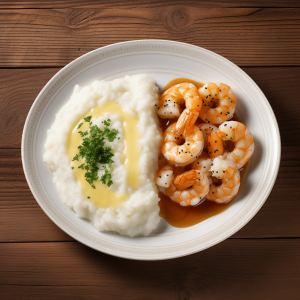
Southern Pecan Pie: A Recipe Steeped in History & Nostalgia
The aroma of warm pecan pie, its rich, nutty fragrance mingling with the subtle sweetness of brown sugar and the whisper of vanilla, conjures a potent cocktail of memories. It’s a scent that transports generations to sun-drenched porches, family gatherings, and the comforting embrace of Southern hospitality. More than just a dessert, Southern pecan pie is a cultural icon, its history as intricate and layered as its buttery crust.
A History Baked in Time
While pinning down the exact origins of pecan pie is a delicious challenge, its story is undeniably intertwined with the history of the pecan itself. Native to North America, pecans were a crucial food source for indigenous peoples long before European colonization. These nutritious nuts found their way into various dishes, but the evolution into the pie we know today likely occurred during the 19th century, in the burgeoning kitchens of the American South.
Early recipes often featured a simpler crust and less refined sugar, reflecting the ingredients readily available at the time. As techniques evolved and ingredients became more accessible, the pecan pie we recognize—with its signature flaky crust, rich filling, and decadent topping—began to solidify. The proliferation of pecan orchards across the South fueled this development, making the key ingredient abundant and relatively inexpensive.
The rise of pecan pie wasn’t just about availability; it was about identity. As the South developed its unique culinary traditions, the pie became a symbol of regional pride and a testament to the ingenuity of Southern cooks. It’s a dish that effortlessly blends humble ingredients into something truly extraordinary.
Decoding the Delight: A Deep Dive into the Recipe
The magic of Southern pecan pie lies not just in the final product, but in the process itself. It’s a recipe that demands attention, a delicate dance between sweetness, texture, and the perfect balance of flavors.
| Ingredient | Role |
|---|---|
| Pecans | The star of the show, providing texture and nutty depth. |
| Corn Syrup | Creates a glossy, chewy texture and prevents crystallization. |
| Brown Sugar | Adds a rich, caramel-like flavor and deepens the color. |
| Eggs | Bind the filling and contribute to its richness. |
| Butter | Enhances the flavor and adds a luxurious mouthfeel. |
| Vanilla Extract | Complements the sweetness and adds warmth. |
| Pie Crust (Pastry) | The perfect vessel, providing a contrast to the sweet filling. |
Beyond these core ingredients, variations exist, adding personal touches and reflecting regional nuances. Some recipes incorporate bourbon or rum for an added kick, while others use different types of sugar or experiment with spices like cinnamon or nutmeg. This adaptability is part of what makes pecan pie so enduringly popular; it’s a blank canvas for culinary creativity.
Beyond the Plate: Pecan Pie in Culture & Popular Imagination
Pecan pie’s cultural significance transcends the culinary realm. It’s frequently featured in Southern literature, films, and television shows, often serving as a symbol of home, family, and celebration. Think of Thanksgiving feasts, holiday gatherings, or even simple Sunday afternoons – pecan pie is a constant companion, a culinary touchstone linking past generations to the present.
This enduring presence reflects the pie’s unique ability to evoke a sense of nostalgia and comfort. Its rich flavor profile and satisfying texture create a sensory experience that deeply connects with our memories and emotions. The act of sharing a slice of pecan pie becomes a shared experience, fostering connection and creating lasting memories.
A Legacy of Flavor: Baking Your Own Piece of History
The best way to truly appreciate Southern pecan pie is to bake it yourself. The process, though slightly demanding, is incredibly rewarding. As you measure, mix, and carefully pour the golden filling into its flaky shell, you’re not just making a pie; you’re engaging in a culinary tradition that spans generations. You’re connecting with the history and heritage of a dish that represents so much more than just a dessert; it represents the heart and soul of the American South. So gather your ingredients, preheat your oven, and embark on a journey to bake your own piece of Southern history. The aroma alone is worth the effort.

Additional Information
Southern Pecan Pie: A Deeper Dive into History, Culture, and Culinary Significance
A simple pecan pie, particularly the Southern variety, transcends its status as a mere dessert. It embodies a complex tapestry woven from historical influences, regional culinary traditions, and powerful nostalgic associations. Analyzing this iconic dish requires examining its evolution, ingredient sourcing, regional variations, and its enduring cultural impact.
I. Historical Roots and Evolution:
While pinpointing the exact origins is difficult, pecan pie’s narrative intertwines with the history of pecan cultivation and the development of Southern cuisine. The pecan, a native North American nut, became increasingly prevalent after European colonization, with cultivation expanding significantly in the Southern United States. Early recipes, however, often featured ingredients different from the modern iteration. Many early 19th and early 20th-century recipes used corn syrup less frequently, relying more on molasses or honey, reflecting the readily available sweeteners of the time. The standardization of corn syrup production and its affordability in the 20th century significantly contributed to the current dominant version of the pie. This transition highlights the interplay between food technology and evolving culinary practices. Further research into historical cookbooks and family recipes could reveal fascinating regional variations and the gradual emergence of the “classic” Southern pecan pie.
II. Regional Variations and Ingredient Sourcing:
The seemingly simple pecan pie boasts subtle yet significant regional variations. The type of pecans used—ranging from the buttery Stuart to the larger, sweeter Wichita—impacts the final flavor profile. Similarly, the choice of corn syrup (light versus dark), the inclusion of spices (a pinch of salt is common, but some recipes add cinnamon or nutmeg), and even the type of crust used all contribute to regional distinctions. Texas pecan pies, for instance, might emphasize the richness of Texas pecans, while Louisiana recipes might incorporate a hint of bourbon or incorporate local honey. This diversity underscores the decentralized nature of food traditions and the importance of local resources in shaping regional culinary identities. A comparative analysis of recipes from different Southern states could illuminate these nuanced differences.
III. Cultural Significance and Nostalgia:
Pecan pie’s enduring popularity stems not only from its deliciousness but also from its potent symbolic value. It is strongly associated with Thanksgiving and Christmas celebrations in the Southern United States, frequently appearing at family gatherings and holiday feasts. This association triggers powerful nostalgic memories and reinforces a sense of tradition and belonging. Sociological studies focusing on food and identity could explore the role of pecan pie in reinforcing family bonds and cultural continuity. The pie’s widespread representation in popular culture, from novels and films to television shows, further solidifies its cultural cachet.
IV. Economic Impact:
The pecan industry itself is significantly impacted by the demand for pecan pie. Pecan farming and processing create jobs and contribute to the economies of many Southern states. Analyzing production statistics and economic data related to pecan cultivation, processing, and distribution could quantify the economic impact of this seemingly simple dessert. Fluctuations in pecan prices directly affect the cost of making pecan pie, potentially influencing consumer choices and the overall market demand.
V. Future Trends:
Looking ahead, the future of Southern pecan pie likely involves innovations in both production and consumption. The rise of artisanal food movements might see a renewed interest in using locally sourced, high-quality pecans and other ingredients. Health-conscious adaptations, using alternative sweeteners or incorporating healthier crusts, are also likely to gain traction. Analyzing consumer trends and emerging culinary innovations will be crucial in understanding the future trajectory of this beloved dessert.
In conclusion, Southern pecan pie offers a fascinating case study in food history, regional culture, and economic impact. Moving beyond a simple recipe, a deeper examination reveals a complex and multifaceted narrative that reflects the evolution of Southern cuisine and its enduring place in American culture. Further research, drawing upon diverse methodologies from food history and sociology to economics, is necessary to fully unpack the rich tapestry of this iconic dessert.






